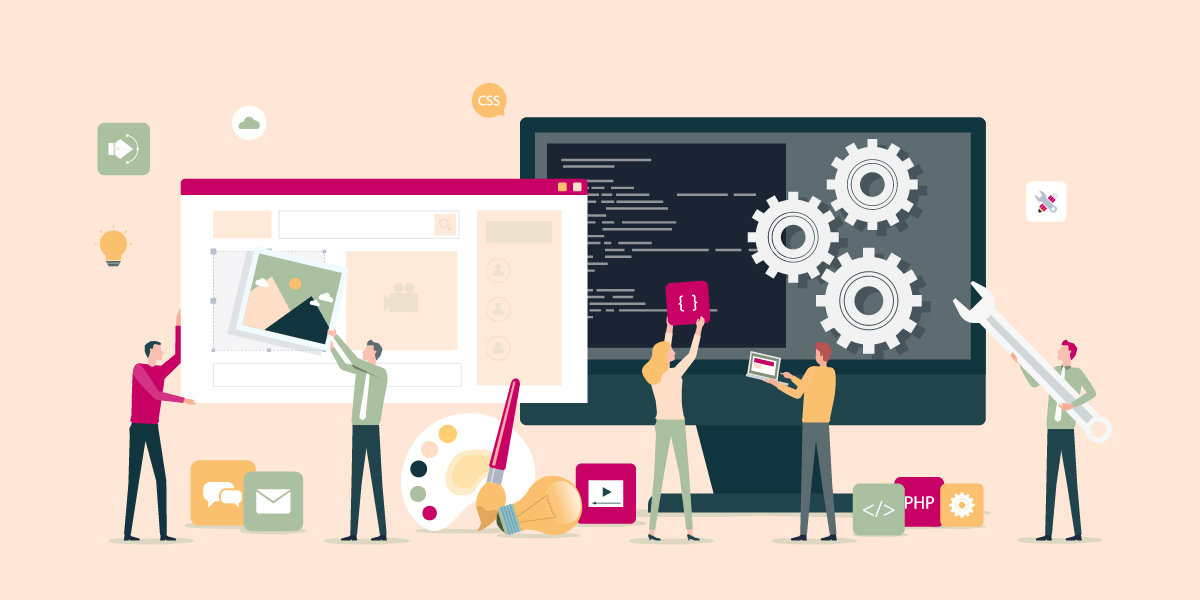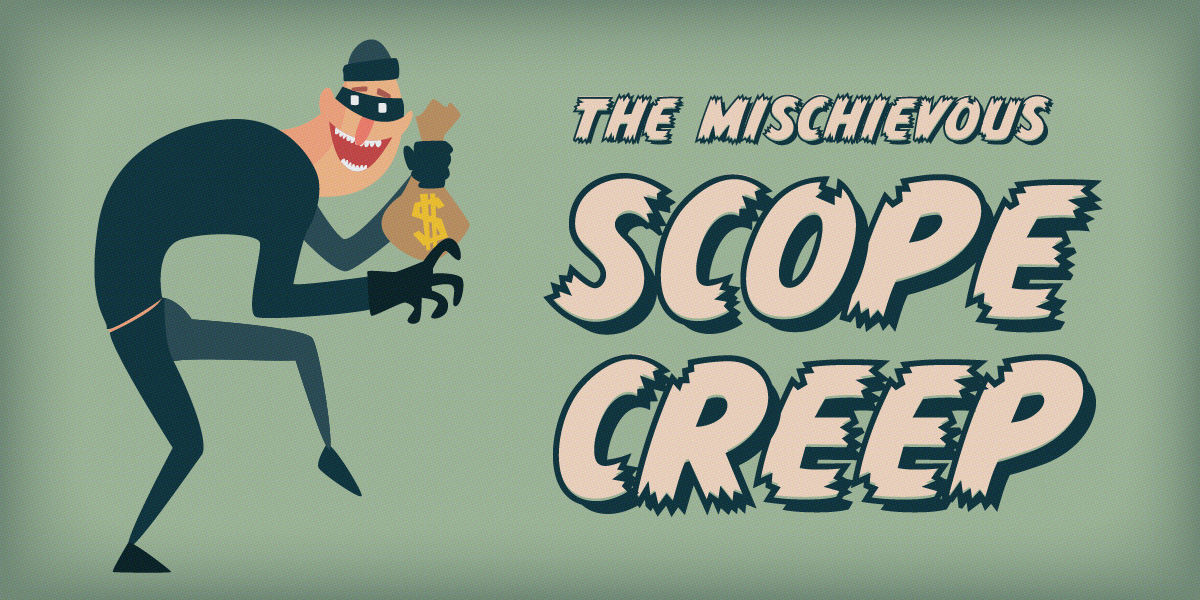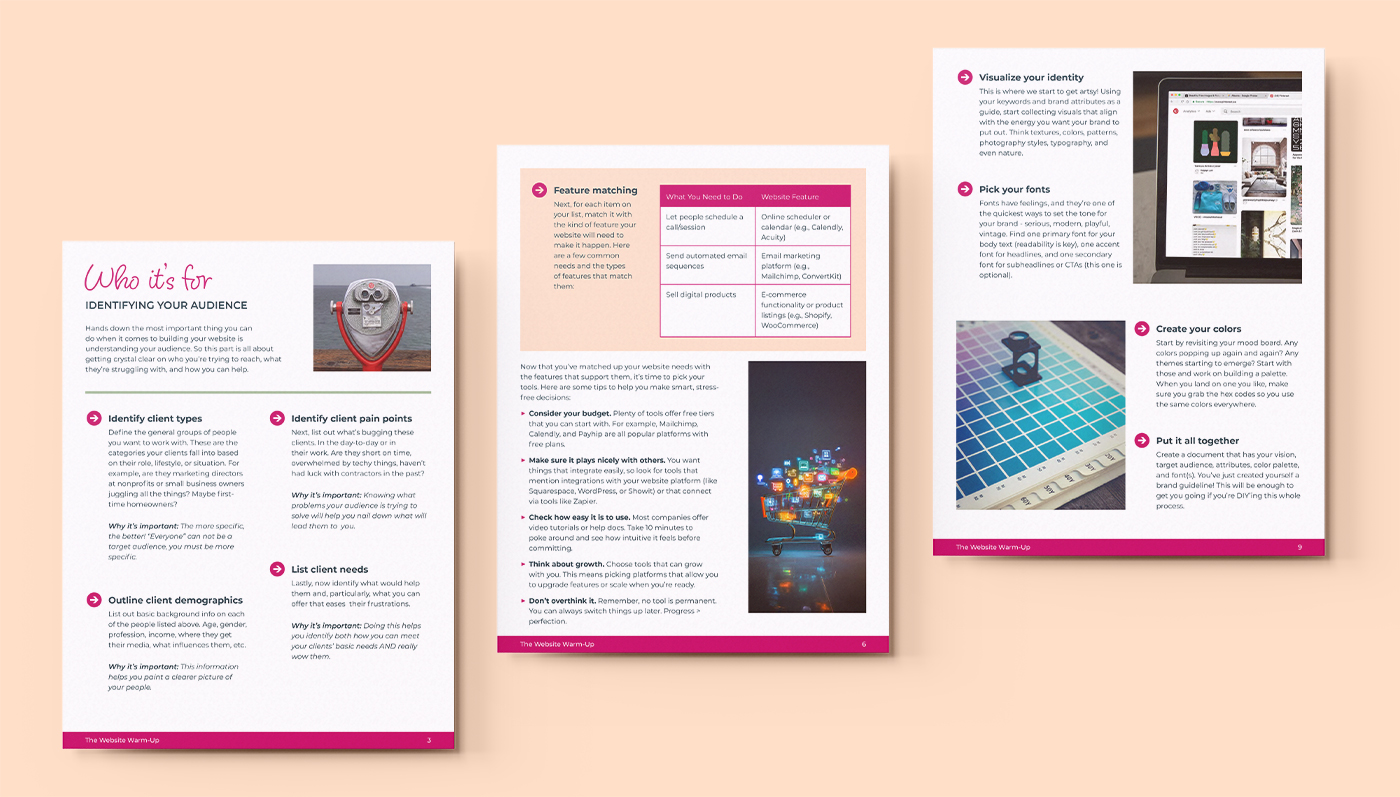Here are some tips on how to effectively communicate with your designer so you get a final product that you’re happy with.
If you’re a small business owner who needs creative support, you might find yourself wondering what you need to know when hiring a designer to ensure the project goes smoothly. The design process can be long and tedious, and design-speak can oftentimes be a foreign language. Miscommunications are bound to happen – especially when deadlines approach and stress levels are high.
Fear not! Here are my tried-and-true tips for having a positive and successful experience with a designer.
State the goal of your project clearly.
Don’t make your designer guess what it is you’re trying to accomplish.
Let’s say, for example, you ask your designer to create an email newsletter for you. If you just say to them “design me a newsletter”, they’ll likely provide you with a few generic layouts that might not be exactly what you had in mind. And then you’ll go through a lengthy back and forth process trying to get it right, and eventually you’ll be provided something that may or may not fit what you ultimately need it for.
Instead of being vague, first determine what the goal of your project is (if you’ve read previous posts, you’ll see that this is a recurring theme). Are you trying to increase sales? Push people to your blog? Or just sharing information your users need to know? You need to have this figured out before talking to your designer. After all, if you don’t even know what you’re trying to accomplish, how can you expect someone else to produce something that will accomplish it?
You don’t necessarily have to have the content ironed out – although we really, REALLY, REALLY, appreciate it when you do.
Share examples of “inspiration pieces” that you like.
Chances are you’re working with a designer who doesn’t know you. Don’t expect them to read your mind. How can they possibly know what your style is unless you show them? Find examples of layouts you like and colors you prefer. You can even send photos that have a “mood” you like.
I recently did a website for a client who was a health and life coach. She sent a few websites that had features and layouts she liked, but she also sent pictures of random things. A living room in a cozy cabin, a bedroom that looked warm and inviting, a field with mountains in the background, etc. This not only told me what her preferred color palette was, but it also gave me some insight into her personality. She wanted a website that was warm and inviting and made her users feel comfortable interacting with the content.
When a designer asks for examples of things you like, think outside the box and provide them with images that illustrate what personality you want the project to have.
Before starting a project, have a brainstorm session with your designer.
Trust me, no designer prefers working in a bubble. Before sending them on their way to create an amazing design for you, have a meeting or a call to discuss the direction of the project. You most likely have ideas on what you want and you should feel comfortable communicating them. Your designer will appreciate having some idea of where they should start.
This goes back to the whole “designers aren’t mind readers” thing. Without brainstorming, you’re basically saying “I know what I want but I want to see if you can figure it out” …and that’s just disrespectful. 😬
Let your designer do the designing.
This is going to sound harsh, but you are not a designer, and you are not an art director. If you were, you would be doing this yourself instead of hiring someone else to do it for you. And for a designer, there is nothing more frustrating than a client who wants to micromanage the design process.
Don’t get me wrong, your ideas are important and you should absolutely share them with your designer during the brainstorming phase. But you have to trust them after that. They’re going to make some decisions that you might not understand, but there’s likely a good reason why they did what they did.
At some point in your business, you’re going to want to say the phrase “what if you tried…” Chances are they’ve already tried that and scrapped it because it didn’t make good design sense. And saying “well can I just see it anyway” is insulting. What a designer hears is “I don’t trust you as a designer or your abilities and I think my ideas are better.” Again, you hired this person, you need to trust their choices.
What if things go wrong?
What happens if you’re just not happy with what they’re producing? It’s possible you didn’t communicate the goal of the project clearly enough. Try expressing that it’s not quite what you had in mind, go over your goals again, and have another brainstorming session (but be aware that this might add onto the timeline and budget if you go back to the beginning). It might also be possible that the designer just isn’t a good fit for you. It happens sometimes, and it’s OK to let them know you want to go in a different direction. You’re not doing yourself or them any favors by continuing on. But PLEASE thank them for their time and their hard work. Remember that designers are people, too!
Respect Timelines
The start of a project is always exciting. Possibilities seem endless, ideas flow easily and you’re filled with a new energy to create something. And then life happens and you get sidetracked and all of the sudden it’s been two weeks and you haven’t given your designer feedback on their latest mockups. Disaster!
Don’t worry. It happens in every project. I promise.
BUT, if you’re two weeks behind, remember that your overall timeline will be two weeks behind, too. They likely have other clients they’re working with and other projects they have scheduled. Don’t assume that they can drop what they’re doing once you’re ready to get rolling again. Reach out, own up to your delay, and find out what timeline works moving forward.
Copywriting, Editing, and Content
Unless your designer or freelancer is also a copywriter (which is pretty much a unicorn), you’ll be responsible for providing your own content. I repeat, YOUR DESIGNER IS NOT A COPYWRITER OR COPY EDITOR. Please don’t expect or ask them to be. You wouldn’t go to your dentist and ask them to set a broken bone, right?
What does this mean to you? You are responsible for all of the text and images that appear in your project. Since you’ve already outlined the content in your project (see Where to start when building a website – it can be applied to any project), you probably already have an idea of what you want to say. If you skipped that first step, don’t worry. There’s still time. Start now and contact your designer once you have an outline hashed out. Your changes might require changes to be made to the project or scope of work.
Ok, some tough love…
I’m going to repeat this again because it’s something most clients forget and honestly it’s one of my biggest pet peeves. Your designer is not a copywriter or copy editor. They will not proofread your text, nor should you expect them to. They are literally copying and pasting what you gave them. If there’s a period missing or a word misspelled, they are not the ones for you to blame. You need to take as much responsibility for the quality of your work as you expect your designer to take for the quality of their work.
When you’re reviewing a project and something is off with the text, and you find yourself wanting to say to your designer “you misspelled…” or “you forgot to add…” STOP YOURSELF. Unless there was a copy/paste error, your designer didn’t misspell anything. Please don’t blame them for your lack of proofreading.
And there ya have it!
If you’re exploring the idea of hiring a designer, or if you’re working with one right now, congrats! This is a super exciting step for your business. Hopefully these tips help you have a fun, productive, and mutually respectful relationship with your designer. 🤩
If you find yourself stuck and in need of a little support, I’m always here to help. Schedule a 60-minute consultation here.







